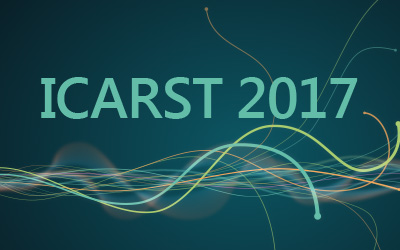Speaker
Mr
Jovan Thereska
(Institute of Applied Nuclear Physics, Tirana, Albania)
Description
Radiotracers are unique in troubleshooting and diagnosing industrial processing units in harsh and opaque field conditions; the success of radiotracers is primarily due to their certain advantages such as online detection without shutting down or disturbing the process.
The paper gives examples showing how the information obtained by radiotracer experiments is used to analyse the operation of industrial processing units, to eliminate troubles and to optimise the performance of processes.
Radiotracer residence time distribution (RTD) measurement has been applied to investigate the pulp flow characteristics in the superphosphate production chamber using the radiotracer 51Cr impregnated in the solid phase of the pulp in the mixing chamber; the mathematical model constructed on the basis of the experimental RTD showed an unsatisfactory functioning of the reactor; ways were proposed to correct this shortcoming, both in the existing chamber and in that which was being designed for a new plant.
Characterization by radiotracer RTD of flow dynamics in laboratory and pilot-plant molecular sieves columns dehydrating organic liquids is another case study. Experiments with 113mIn radiotracer in 0.01M aqueous solutions of EDTA have been carried out to investigate the fluid flow dynamics in columns of three different diameters filled with molecular sieve spherical particles. The dependence of the fitting of experimental with theoretical RTDs upon the column diameter-to-particle diameter ratio was found and rather bad fitting for ratios smaller than 10 were observed. The influence of these phenomena on the adsorption process was investigated.
| Country/Organization invited to participate | Albania |
|---|
Author
Mr
Jovan Thereska
(Institute of Applied Nuclear Physics, Tirana, Albania)
Co-author
Mr
Eduard Plasari
(Ecole Nationale Supérieure des Industries Chimiques -INPL, Nancy, France)

